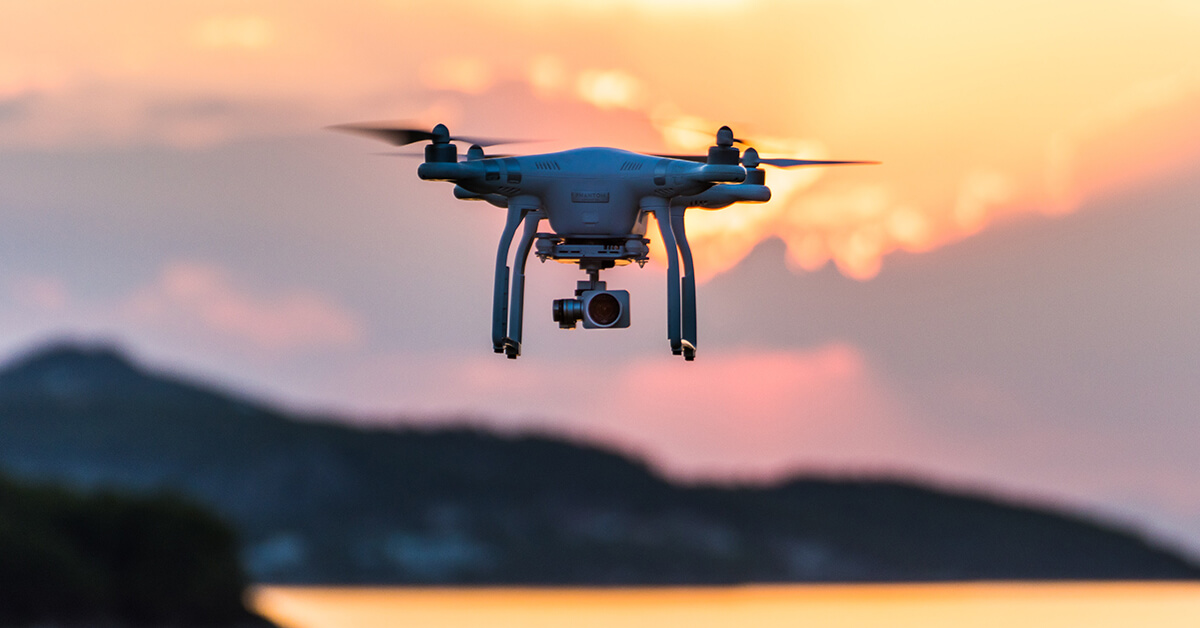
March 11, 2021
The FAA has delayed by a month the effective dates of two recently published final rules affecting unmanned aircraft system (UAS) operations, including long-awaited Remote Identification (RID) procedures.
The RID and “Operations Over People and at Night” final rules were both published to the Federal Register in January, and were originally to go into effect March 16. However, both were subsequently held under a regulatory freeze by the Biden administration, and will now become effective April 21.
“The freeze was to provide staffers in the new presidential administration sufficient time to review policies enacted under the previous administration,” said Heidi Williams, NBAA director for air traffic services and infrastructure. “We do not anticipate any changes to these rules apart from the compliance dates shifting to the right a bit.”
NBAA supports both rules as meaningful steps toward integration of small UAS into the National Airspace System. However, the association continues to question certain aspects of the RID final rule, especially on matters of operator privacy.
While the RID final rule shields the personal identity of a drone operator complying with Remote ID requirements, Williams noted it allows physical location data of both the drone and its operator to be revealed not only to the FAA, law enforcement and certain safety and security agencies, but to the public at large.
“This remains a significant area of concern,” she said. “We continue to engage with the FAA and other agencies on solutions to mitigate this oversight.”
The RID final rule also establishes two separate deadlines for compliance, with manufacturers required to produce drones forward-fitted with RID systems no later than Sept. 16, 2022. Currently operational drones must be retrofitted with RID by Sept. 16, 2023. Neither date is believed to be affected by the delay to the effective date of the final rule.
The Operations Over People and at Night rule establishes four weight-based categories for Part 107 small UAS operations over people. The rule also mandates updated training for operators flying at night and installation of anti-collision lights on the UAS.
The FAA noted both rules are “inextricably connected” in announcing the effective date delays.


 International Business Aviation Council Ltd.
International Business Aviation Council Ltd.